The black widow spider, recognizable by its glossy black body and distinctive red hourglass marking, has earned its fearsome reputation as one of the most venomous spiders in North America. When this arachnid delivers its toxic bite, it triggers a cascade of physiological effects that can range from mild discomfort to severe medical emergencies. Though rarely fatal to healthy adults in today’s era of medical advancement, understanding how black widow venom interacts with the human body reveals a fascinating and complex biological warfare that has evolved over millions of years. This article explores the intricate mechanisms of black widow venom, its components, how it affects various body systems, and what treatment options exist for those unfortunate enough to experience its painful effects.
The Composition of Black Widow Venom

Black widow venom is a complex cocktail of proteins and compounds specifically evolved to immobilize prey and aid in digestion. The primary toxic component is alpha-latrotoxin, a large protein neurotoxin that triggers massive neurotransmitter release at nerve terminals. This powerful neurotoxin accounts for most of the venom’s devastating effects on the human nervous system. Additionally, the venom contains enzymes like hyaluronidase that break down tissue barriers, allowing the toxins to spread more efficiently throughout the body. Scientists have identified over 1,000 different molecules in black widow venom, many with functions still not fully understood, highlighting the sophisticated biochemical arsenal these spiders possess.
The Moment of Envenomation
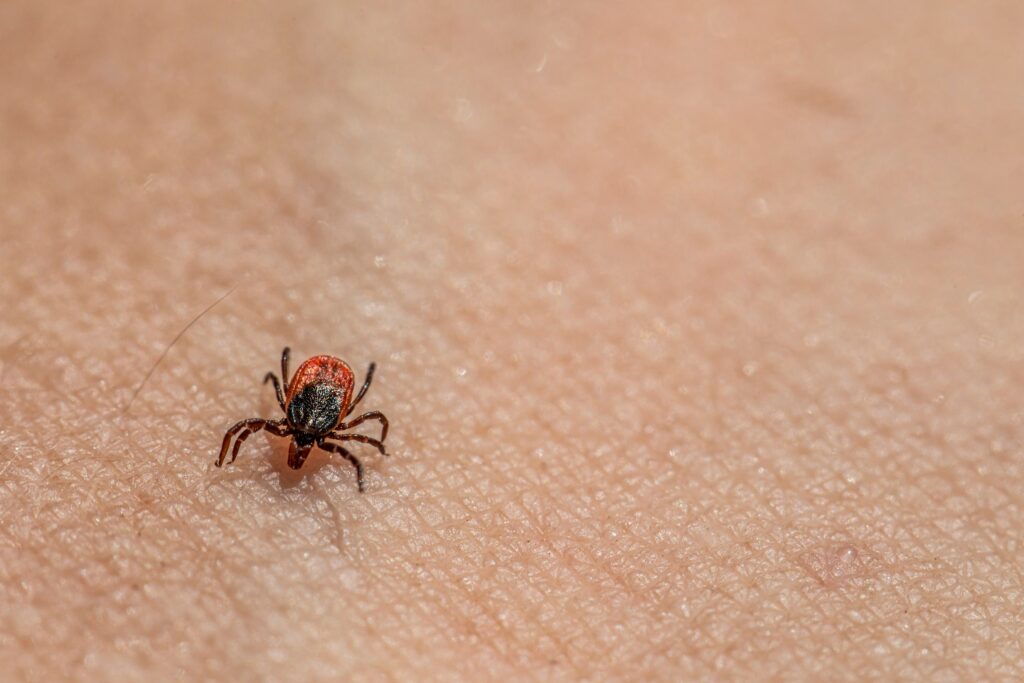
When a black widow spider bites a human, it injects venom through hollow fangs connected to venom glands in its cephalothorax. Contrary to popular belief, not every bite results in envenomation—black widows can control whether they inject venom and how much they deploy, often reserving this precious resource for hunting rather than defense. The initial bite may feel like a minor pinprick or may go entirely unnoticed, giving little indication of the physiological storm about to unfold. Within minutes, however, the venom begins to spread through the tissue and enter the bloodstream, starting a progression of symptoms that can escalate rapidly. The site of the bite may develop subtle signs like two small puncture marks, minor swelling, or a faint target-like pattern.
Initial Symptoms and Pain Development
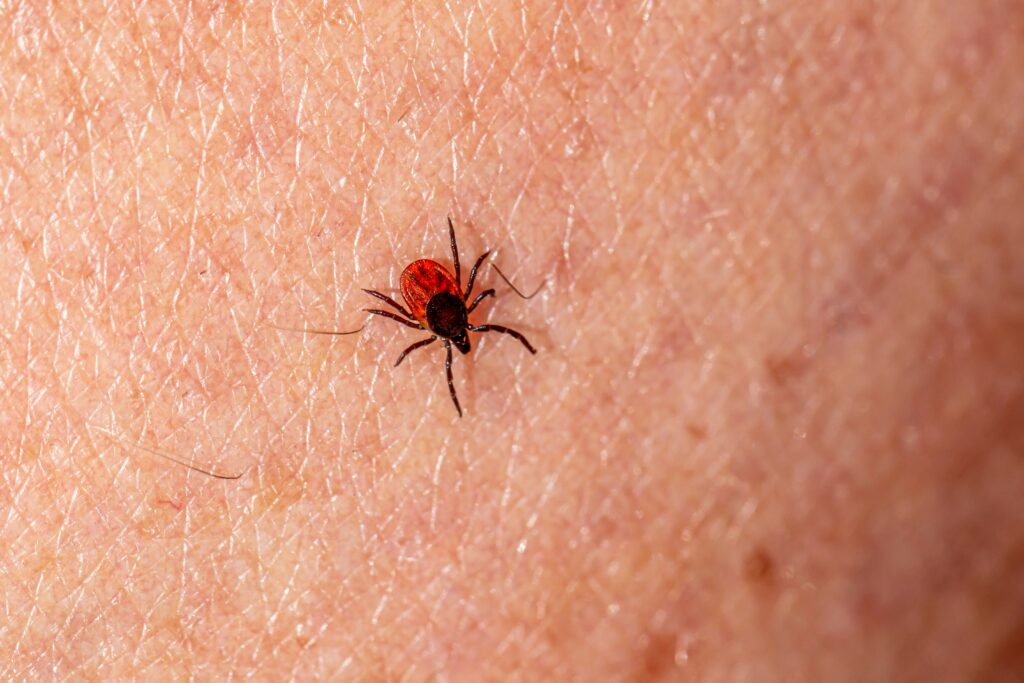
The first signs of black widow envenomation typically emerge within 30-60 minutes of the bite, though they can sometimes appear almost immediately. Initial symptoms often include sharp, pinpoint pain at the bite site that gradually intensifies and may radiate outward. This pain progressively evolves into severe muscle cramps and spasms, particularly in the abdomen if the bite occurred on the lower extremities, creating a sensation that some victims compare to appendicitis or other acute abdominal conditions. Many patients report feeling restless and anxious as these symptoms develop, compounding their discomfort. The pain’s severity often seems disproportionate to the minimal visible signs at the bite site, which can lead to diagnostic challenges in emergency settings.
Neurotoxic Mechanisms in the Body

The primary mechanism of black widow venom centers on alpha-latrotoxin’s action at nerve synapses throughout the body. This potent neurotoxin inserts itself into presynaptic nerve terminals and creates pore-like structures in cell membranes, allowing calcium to flood into nerve cells. This calcium influx triggers an uncontrolled release of neurotransmitters such as acetylcholine, norepinephrine, and glutamate into the synaptic cleft. The massive neurotransmitter release leads to overstimulation of muscles and nerve fibers, explaining the intense pain and muscle contractions victims experience. This neurological disruption affects both the peripheral nervous system and autonomic functions, which explains the wide range of symptoms beyond just localized pain.
Effects on the Muscular System

One of the most characteristic effects of black widow venom is its profound impact on the muscular system. The excessive neurotransmitter release causes intense muscle contractions and spasms that can be excruciating for victims. These involuntary contractions typically start near the bite site but can spread to include larger muscle groups, particularly the abdomen, back, and chest. The abdominal muscles may become rigid and board-like, a condition called abdominal rigidity, which is sometimes misdiagnosed as an acute surgical abdomen. In severe cases, the muscle contractions are powerful enough to tear muscle fibers, potentially leading to rhabdomyolysis—a breakdown of muscle tissue that releases damaging proteins into the bloodstream. These muscle effects can persist for days and may require strong muscle relaxants or pain medications to manage.
Cardiovascular Complications

Black widow venom can significantly affect the cardiovascular system through both direct and indirect mechanisms. The massive release of neurotransmitters like norepinephrine can cause blood pressure to spike dramatically, putting additional strain on the heart and blood vessels. Tachycardia (elevated heart rate) is common, with some victims experiencing rates exceeding 100 beats per minute at rest. In severe envenomation cases, particularly in vulnerable individuals, these cardiovascular effects can lead to complications such as hypertensive crisis or even heart failure. The venom also affects vascular permeability, potentially causing fluid shifts that further complicate cardiovascular function. These cardiovascular effects require careful monitoring in clinical settings, especially in patients with pre-existing heart conditions.
Respiratory System Impact

While less prominent than its effects on other systems, black widow venom can also impact respiratory function in significant ways. The neurotoxins can affect the muscles involved in breathing, potentially causing chest tightness, bronchospasm, or labored breathing in severe cases. Some victims report feeling like they cannot get enough air or experience a sensation of pressure on their chest. In rare instances, particularly in children or elderly individuals, respiratory compromise may become severe enough to require supportive measures. The anxiety that frequently accompanies black widow bites can exacerbate these breathing difficulties, creating a vicious cycle of respiratory distress and panic. Clinicians must monitor respiratory parameters closely in serious envenomation cases.
Autonomic Nervous System Disruption
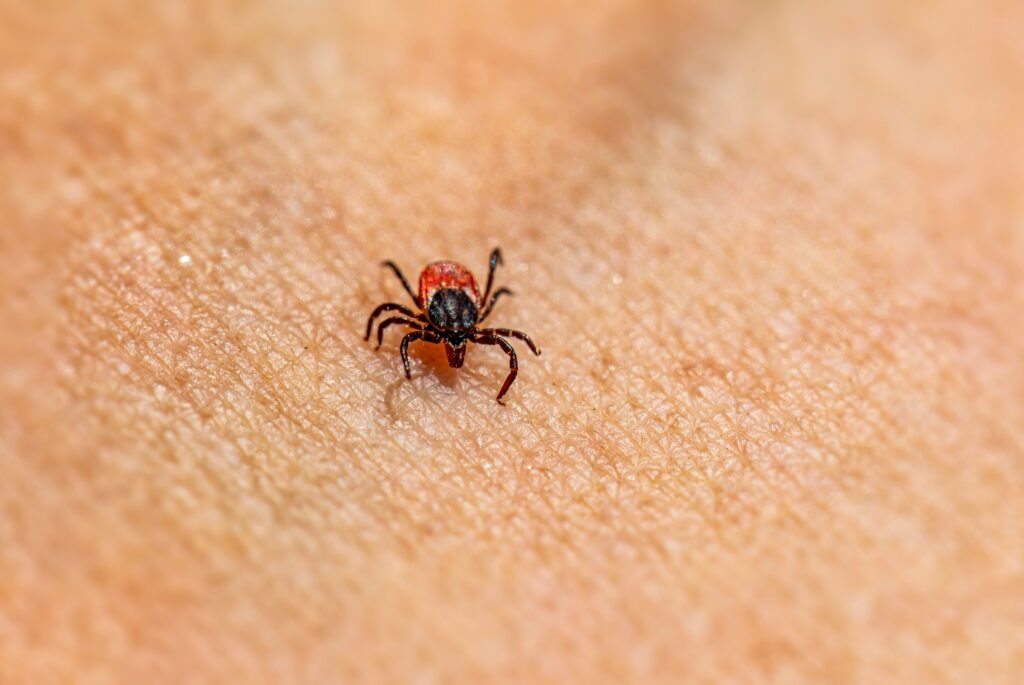
Black widow venom creates widespread disruption of the autonomic nervous system, which controls involuntary bodily functions. This disruption manifests as a constellation of symptoms including profuse sweating (diaphoresis), excessive salivation, nausea, vomiting, and increased tear production. Many victims develop a distinctive facial appearance characterized by eyelid swelling, flushed skin, and a contorted expression of pain sometimes called “facies latrodectismica.” Blood pressure may fluctuate dramatically as the body’s regulatory mechanisms become compromised. Temperature regulation can also be affected, with some patients developing fever or alternating hot and cold sensations. These autonomic effects contribute significantly to the overall misery of black widow envenomation and can persist even after pain begins to subside.
Special Risks for Vulnerable Populations
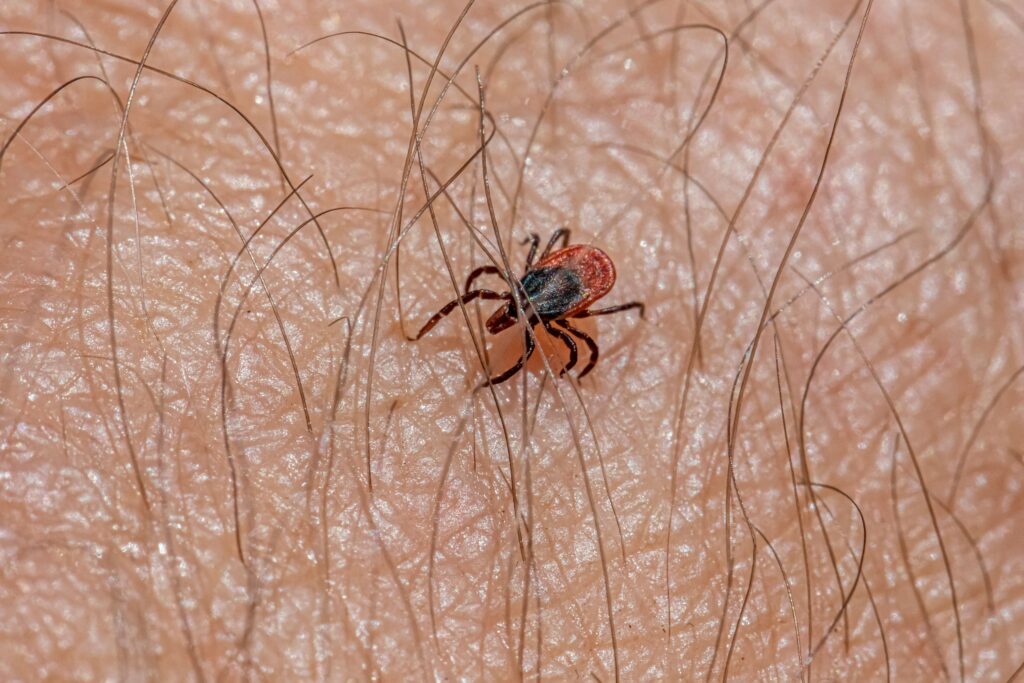
While black widow bites rarely prove fatal for healthy adults in regions with accessible medical care, certain populations face significantly higher risks from envenomation. Young children are particularly vulnerable due to their smaller body mass, which results in a higher venom-to-body weight ratio and potentially more severe systemic effects. Elderly individuals, especially those with pre-existing cardiovascular conditions, may experience dangerous complications from the cardiovascular stress induced by the venom. Pregnant women face unique risks, as the powerful abdominal contractions caused by the venom could potentially trigger premature labor or cause placental abruption in severe cases. People with compromised immune systems or chronic health conditions may also experience more severe or prolonged symptoms and slower recovery times.
Diagnosis and Medical Evaluation

Diagnosing black widow envenomation relies heavily on clinical presentation and patient history, as laboratory tests specific for the venom are not routinely available in clinical settings. Medical professionals look for the characteristic pattern of intense pain, muscle rigidity, and autonomic symptoms, especially when combined with a plausible exposure history. Blood tests may be performed to check for secondary effects such as elevated white blood cell counts, increased creatine kinase (indicating muscle damage), or electrolyte imbalances. In ambiguous cases, physicians must rule out other serious conditions that can present similarly, including appendicitis, kidney stones, or other acute abdominal emergencies. The subtle nature of the bite site can complicate diagnosis, as many patients never see the spider and present only with the systemic symptoms.
Treatment Approaches and Antivenom
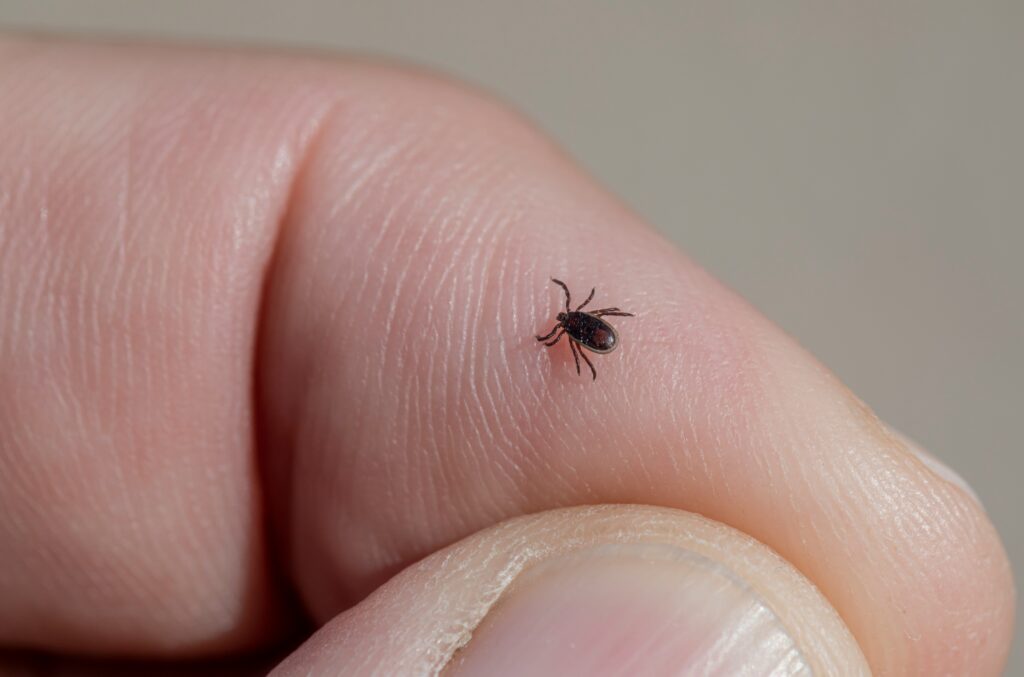
Treatment for black widow bites follows a multifaceted approach depending on symptom severity. For mild to moderate cases, treatment may include pain management with analgesics, muscle relaxants such as benzodiazepines to address severe muscle spasms, and supportive care to manage symptoms like nausea or high blood pressure. In severe cases, particularly in high-risk populations, physicians may administer Latrodectus antivenom, a specific antivenom derived from horse serum that neutralizes the venom’s effects. This antivenom can dramatically reduce symptoms within 30 minutes of administration, though it carries its own risks of allergic reactions and serum sickness. Before antivenom became widely available, calcium gluconate was commonly used to treat symptoms, though modern evidence suggests it has limited efficacy compared to current protocols.
Recovery and Long-term Effects

Recovery from a black widow bite typically follows a predictable pattern, though the timeline varies based on envenomation severity and individual factors. Acute symptoms usually peak within 12-24 hours and begin to subside over the following days, with most patients experiencing significant improvement within 3-5 days. However, some patients report lingering effects such as muscle weakness, localized pain, or neurological symptoms that can persist for weeks or even months. Long-term complications are uncommon but may include recurrent muscle pain, anxiety related to the traumatic experience, or hypersensitivity at the bite site. Fortunately, most patients recover completely without permanent damage, though the experience remains memorable for its intensity. Follow-up medical care is important to monitor for potential delayed complications or secondary infections at the bite site.
Prevention and Safety Measures

Preventing black widow bites involves understanding these spiders’ habits and implementing appropriate safety measures. Black widows typically inhabit dark, undisturbed areas such as woodpiles, under stones, in cluttered garages, or abandoned rodent burrows. Wearing gloves when working in areas where these spiders might hide can significantly reduce bite risk. Regular cleaning to reduce clutter and eliminate potential hiding spots around homes can discourage black widow populations. When camping or hiking in regions where these spiders are common, shaking out shoes and clothing before use and inspecting sleeping areas can prevent unwanted encounters. Educational efforts to help people identify black widows by their distinctive appearance can also play a crucial role in prevention, allowing individuals to exercise appropriate caution when these spiders are spotted.
Conclusion
Black widow venom represents one of nature’s most sophisticated biochemical weapons, evolved over millions of years to be remarkably effective against both prey and potential threats. Its complex interaction with human physiology creates a dramatic cascade of symptoms that, while rarely fatal in modern times, can cause extreme suffering and potentially serious medical complications. Understanding how this venom works not only helps medical professionals provide better treatment for bite victims but also offers valuable insights for researchers developing new pain medications and treatments for neurological disorders. While encounters with these notorious spiders are relatively rare, their impact on human physiology serves as a potent reminder of the powerful biological compounds that exist in the natural world, operating through mechanisms that continue to fascinate and challenge medical science.

